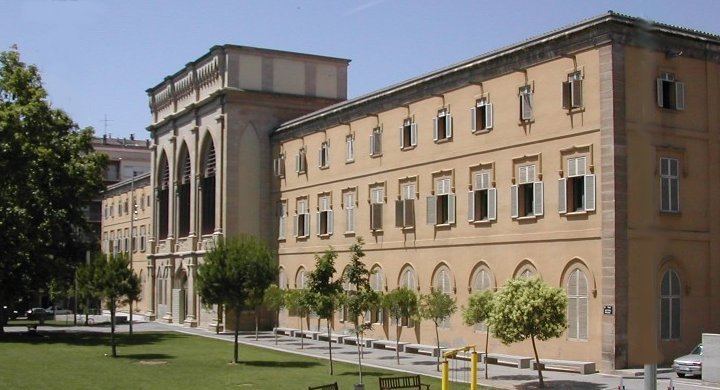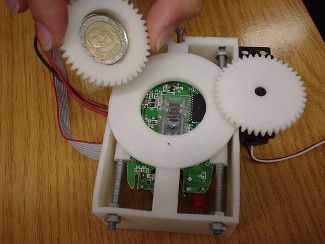17th November 2009
Download pdf|
|
An optical mouse for detecting false euros
The prototype developed has a system for detecting these coins by comparing them with patterns obtained using an optical mouse sensor. However, the optical mouse detector must have a resolution of at least 15x15 pixels in order to pick up the images in real time. It must likewise be based on LED or infrared technology as laser mice give fuzzy images.
The system is simpler and cheaper than a webcam, which can also be used for this purpose, stated Marcel Tresanchez, Tomàs Pallejà, Mercè Teixidó and Jordi Palacín in their paper. The coins are placed in a positioning device that rotates them. The sensor, located a few millimetres away, records the image of the surface common to all these coins (on which there is a map of Europe) and then compares it with a valid coin using an algorithm also devised by the researchers.
| This system could be incorporated to vending machines that work using coins to prevent fraud |




